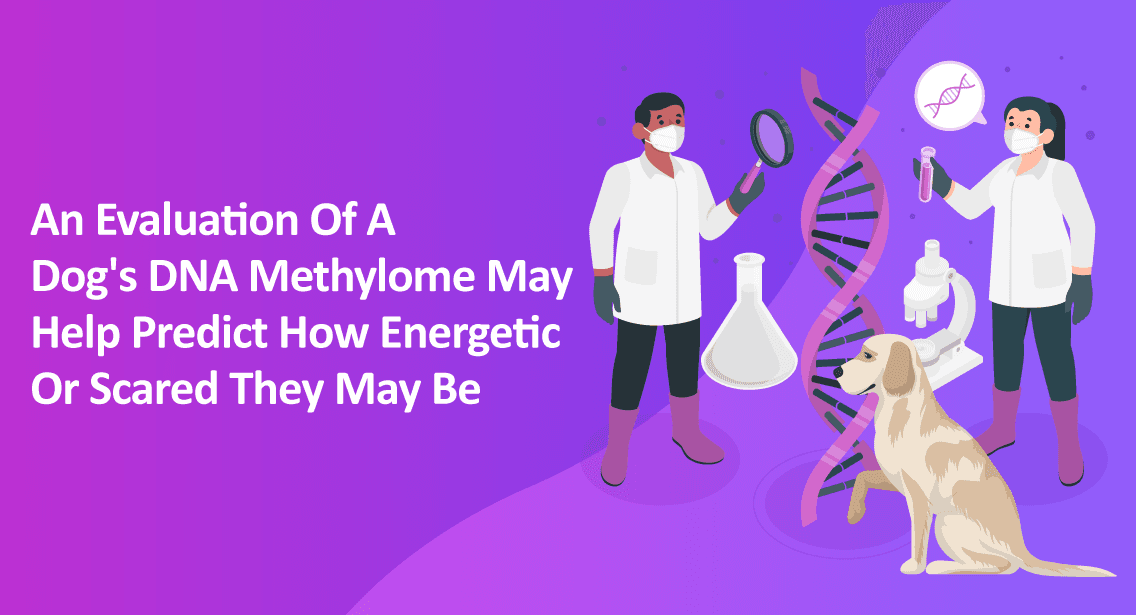An Evaluation Of A Dog's DNA Methylome May Help Predict How Energetic Or Scared They May Be
Researchers at the University of California discovered that acquired differences in the epigenome account for some differences in temperament, particularly their energy level and fear-related behaviors.
The epigenome is a unique set of chemical tags on DNA, and its associated histone complexes (nucleosomes) can control whether or not local genes are expressed. Because the epigenome is affected by age, diet, exercise, training, socialization, and other environmental factors, it can influence the activity and wiring of nerve cells, thereby altering behavior.
"Here we show that the behavior of dogs is associated with their epigenome, in particular DNA methylation. Our results open the door to using epigenetics to screen and select for desired behavioral traits in companion or service dogs," said corresponding author Dr. Matteo Pellegrini.
Pellegrini and his colleagues measured the epigenetic, genetic, and behavioral differences between 46 female and male dogs of 31 breeds aged one to 16 years.
The Canine Behavioral and Research Assessment Questionnaire (C-BARQ), consisting of 101 questions, was used to quantify behavioral differences. In addition, the researchers used a form of machine learning, Partial Least Squares (PLS) regression, to identify significant associations between behavioral traits and epigenetic variants.
The epigenome is known to vary significantly between tissues. In theory, nervous tissue is the best place to look for links between behavior and epigenome. The epigenome of epithelial and immune cells was studied using swabs placed inside the dogs' cheeks for easy collection. This study focused on DNA methylation at 3,059 CG sites because it is easier to quantify than other types of epigenetic marks.
The results showed that the epigenome was a more accurate predictor of behavior at the study sites than the genotype. Only two of the 930 selected Single-Locus Polymorphisms (SNP) examined were strongly associated with behavioral traits, even within the most represented breed. Two SNPs on chromosome 12 may predict a dog's level of stranger-directed fear (i.e., fear of unfamiliar people).
However, after accounting for the potential confounding effect of age differences, the authors found that differences in DNA methylation between dogs explained a far more significant proportion of observed variation in energy, seeking attention, nonsocial fear, and stranger-directed fear than genetic differences. These findings suggest that the epigenome influences behavioral differences in dogs, even in tissues other than the nervous system.
"These associations between the DNA methylation of cells in the mouth and dog behaviors were surprising and suggest that future studies that examine DNA methylation in nerve tissues may identify similar patterns," said Pellegrini.
"Ultimately, we would be very interested in examining the epigenomes of highly specialized dogs such as guide dogs or sled dogs, to be able to assist in the selection of dogs that might be more likely to successfully complete their training," he concluded.







